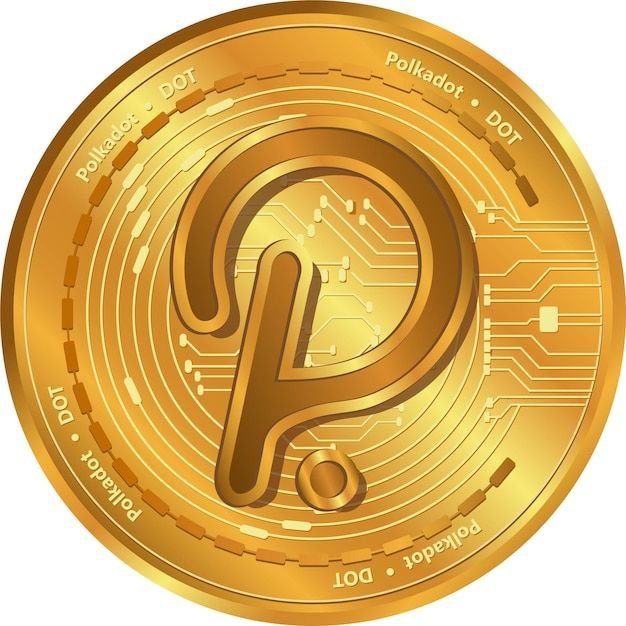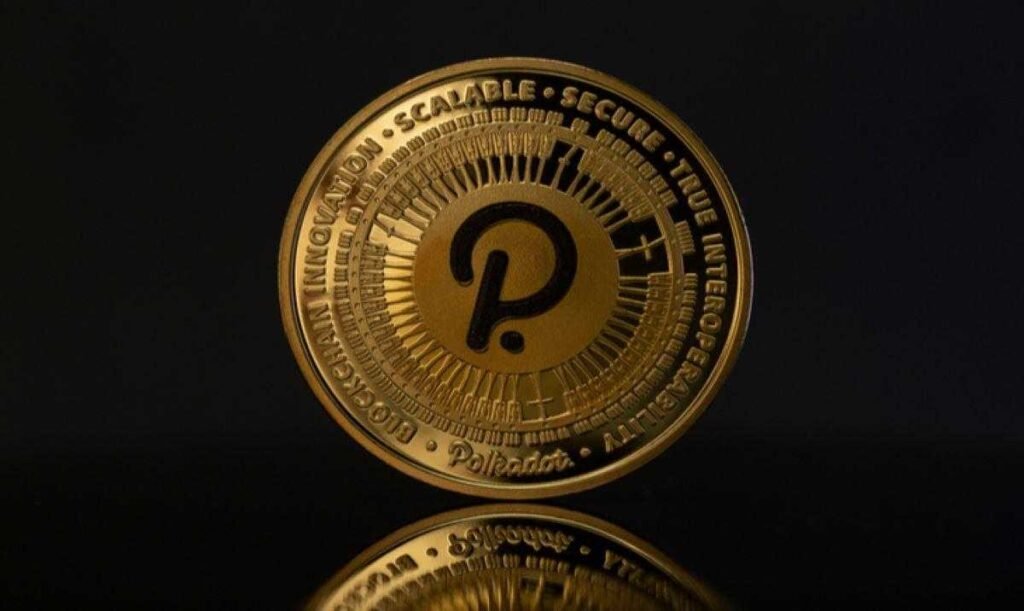How does Polkadot work?
The reason Polkadot can handle all this information is because multiple parachains do most of the heavy lifting on the main relay chain. As the network grows and new parachains are added, Polkadot should become even faster, with speeds capable of reaching a million transactions per second.

The relay chain is responsible for achieving consensus and delivering transactions… between parachains. Parachains… are application-specific blockchains on the Polkadot network. Each parachain itself is a full-fledged blockchain with its own logic and functions.
How to bet on Polkadot?
Polkadot uses a proof-of-stake consensus mechanism (as opposed to the proof-of-work system used in Bitcoin) to secure the network, validate transactions, and create and distribute new DOTs. DOT owners can interact with the bidding system in several ways, depending on how much time, technical expertise, and money they want to devote.
Validators do most of the work – this is a big responsibility and requires technical knowledge. To become a validator, you must run a node (one of the computers that make up the network) with virtually no downtime and put a significant amount of your own DOT on the line. In exchange, you gain the right to verify legitimate transactions, add new “blocks” of transactions to the relay chain, and potentially receive newly created DOTs, a portion of transaction fees, and tips. (On the other hand, you can also lose some or all of your staked DOT by acting maliciously, making a mistake, or even running into technical difficulties.)
Nominators allow ordinary investors to participate indirectly in staking. You can delegate part of your DOT to a validator you trust to behave according to the rules. In exchange, you receive a portion of the DOT earned by selected validators. Be careful what you choose: you could also lose part of your stake if your validator breaks the rules.
There are also two specialized roles that typically require less commitment than a full-fledged validator but more technical skill than is required for a nominator: Colanders track valid parachain transactions and forward them to validators on the parachain relay chain. Fishermen help find and report bad behavior throughout the network.
By placing bets and participating online through any of the roles above, you will be able to earn DOT rewards. DOT owners also have a say in network management and can vote on proposed software updates.
Who created Polkadot?
Polkadot’s developers include Ethereum co-creator Gavin Wood. It was released on May 26, 2020. The non-profit Web3 Foundation is the primary research organization maintaining the open source code of Polkadot.
Want more information? More information on how Polkadot works, as well as tips for participating in Polkadot staking, can be found in this explainer from Bison Trails.
Who are the founders of Polkadot?
Polkadot, the flagship project of the Web3 Foundation, was founded by Gavin Wood, one of the original co-founders of Ethereum and former CTO of the Ethereum Foundation, where he helped develop the Ethereum Solidity programming language. Wood is also the CEO of Parity Technologies, the blockchain infrastructure company responsible for developing Parity Ethereum and one of the most commonly used Ethereum clients on the network. At the same time, Wood is actively working on the development of Polkadot and Substrate.
Wood was joined in creating Polkadot by Robert Habermeyer and Peter Chaban, also CTO of the Web3 Foundation.

The original white paper was published in 2016, and after a successful $145 million fundraising a year later, Polkadot finally launched its first mainnet in May 2020. In this first proof-of-authority (PoA) phase, the network was managed by Web3. Foundation, and validators began joining the network to participate in consensus. The second stage of Nomination Proof-of-Stake (NPoS) was launched in June, when Polkadot had a large, decentralized set of validators on the network.
At that time, control passed to the DOT token holders and was no longer under the control of a centralized organization, whose first action allowed DOT to be listed on the exchange and wallet support. Then, the DOT token was devalued at a ratio of 1:100, coinciding with an impressive surge that saw DOT become one of the top ten largest cryptocurrencies by market capitalization for the first time.
The mainnet launch follows the success of the alpha launch of its sister network Kusama in 2019, described as a canary network and a live testing ground for Polkadot technologies and features, including its native token KSM. Polkadot’s Parachain testnet, Rococo, was introduced in 2020 and was a major step towards realizing Parachain functionality.
Polkadot is currently moving into the next phase of core infrastructure development, including the launch of the Parachains auction, Parathreads, and cross-chain messaging. It will then become a full-featured relay chain, providing security through NPoS and coordinating the system as a whole, including parachains. More on this later.
What makes Polkadot unique?
The parallel processing achieved by executing transactions on separate shards greatly improves performance, and cross-chain functionality allows any type of data or asset to be transferred between shards.
Polkadot also removes barriers for projects by providing compatibility with existing platforms such as Ethereum without having to choose one isolated blockchain network over another, with clearly defined community management and automatic updates.
Because Polkadot is built on top of the Substrate blockchain, other projects using Substrate can quickly and easily deploy their own chains that run natively on Polkadot. This means that you can start working on blockchain using the platform before you are ready to deploy it to the network.
Rather than being an “Ethereum killer” as it is sometimes called, Polkadot’s potential actually lies in complementing existing blockchains rather than competing with them. This is already recognized by over 350 projects in its ecosystem creating smart contracts, decentralized finance (DEFI), oracles, digital collectibles (NFTs), games and other solutions, notably Chainlink and 0x Protocol.
Polkadot itself is not a smart contract platform. Instead, it provides decentralized application (dApp) developers with the infrastructure to integrate smart contracts into an interoperable network with a rich set of features, resulting in the largest increase in the number of active core protocol developers.
What makes Polkadot valuable?
Polkadot is currently one of the leading staking platforms and offers an estimated reward of over 13% per annum with a staking value of over $20 billion. It has a market capitalization of over $30 billion and over 50% of eligible tokens are at stake.